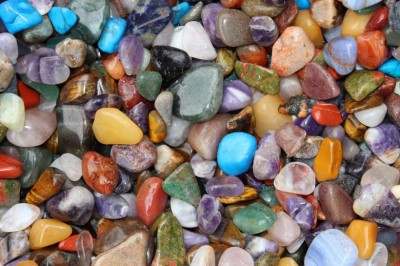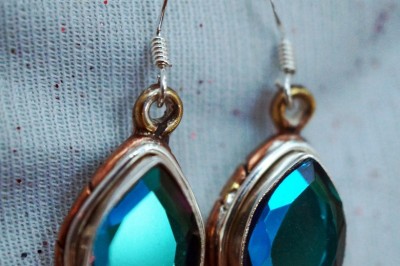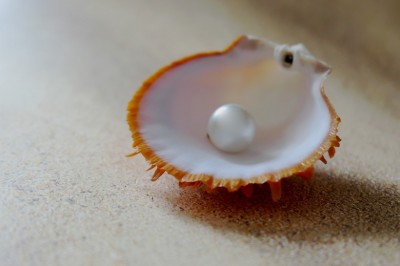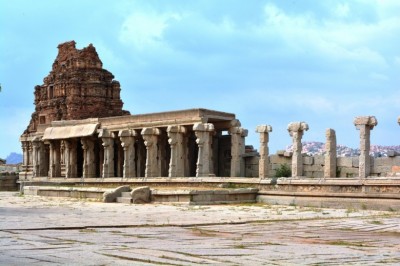The Beauty and Benefits of Opals
Opals are popular gemstones for silver jewelry for centuries now. Some civilizations of old had interesting theories about the origins of this beautiful stone. Civilizations in the Middle East believed that opals dropped to the earth from the heavens on lightening bolts. The stones then captured the brilliance of the lightening, giving them the brilliant colors and shimmer that are such an integral part of this stone. The Romans had some interesting thoughts about this stone too. They believed that each opal contained a tiny rainbow which was responsible for the color of the stone. They also thought that the rainbow in the stone made opals symbols of hope and optimism. According to legend one Roman king offered a third of his kingdom for a stunning specimen of opal. Marc Antony coveted a particular opal owned by Nonius, a Roman Senator. Nonius refused to part with his stone at the risk of inviting Antonys ire and being banished. In the metaphysical world, opal is believed to inspire, improve imagination, and enhance creativity. It is believed to allow people let go of their inhibitions and improve memory. Overall, it is considered to be a spiritual stone that promotes prosperity and brings happy dreams. It is believed to ease transitions. Opal is also believed to have physical benefits. Specifically, it is believed to be helpful for eyesight and Parkinsons disease.
Opal contains an unusual amount of water - often in the range of six to ten percent, and sometimes as high as thirty percent. It is an unusual gemstone in that most opals contain an appreciable amount of water. Opals are moderately hard, rating 5.5 to 6.5 on the Mohs scale. Opals are relatively light stones, typically ranging from 2 to 2.5 times the weight of water. To put this in perspective, quartz is about 2.7 times heavier than water. Opals are brittle stones and can break if subjected to a moderate blow. It is important that opals not be exposed to extreme temperatures. This is because the stones contain a large amount of water, and the loss of this water can sometimes irreversibly damage the opal. Opal is an amorphous rock with no regular crystalline structure. Instead, it contains tiny spheres of silica. The arrangement of these spheres impacts the value of the specimen. Specimens that have random or disorderly arrangement of spheres are said to be common opal. On the other hand, it the spheres have a structured arrangement the opal may be gem quality or precious opal. Precious opal has better optical properties and characteristics than common opal.


























